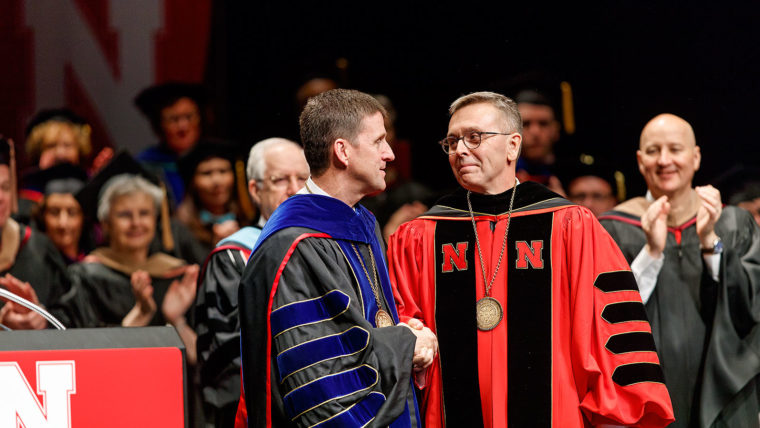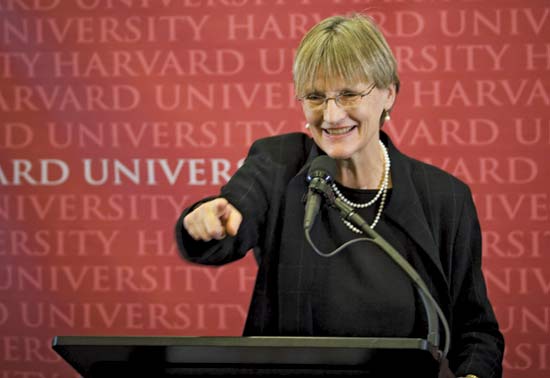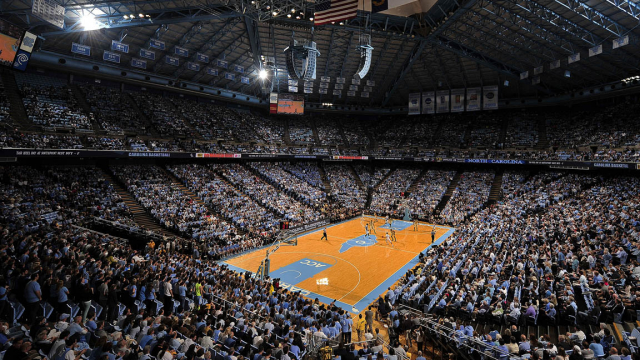Higher education institutions are valuable commodities for their cities. Since the very beginning of American higher education, cities have fought to have colleges and universities in their communities. The reasons for this are obvious– at least to some– as institutions bring a wealth of advantages and benefits to the areas where they are located. In today’s post, I want to share an interview that I did with WalletHub regarding the role of higher education, cities, and quality of life.






